Cabinet Finishes
When the topic of cabinet finishes comes up you have a lot of choices that will add just the right touch to your kitchen cabinetry. It’s better to learn what these finishes include and how they can impact the overall look of your kitchen and desired style you’re going for. If you’re looking to learn more about types of cabinets, see our article here.
Stains
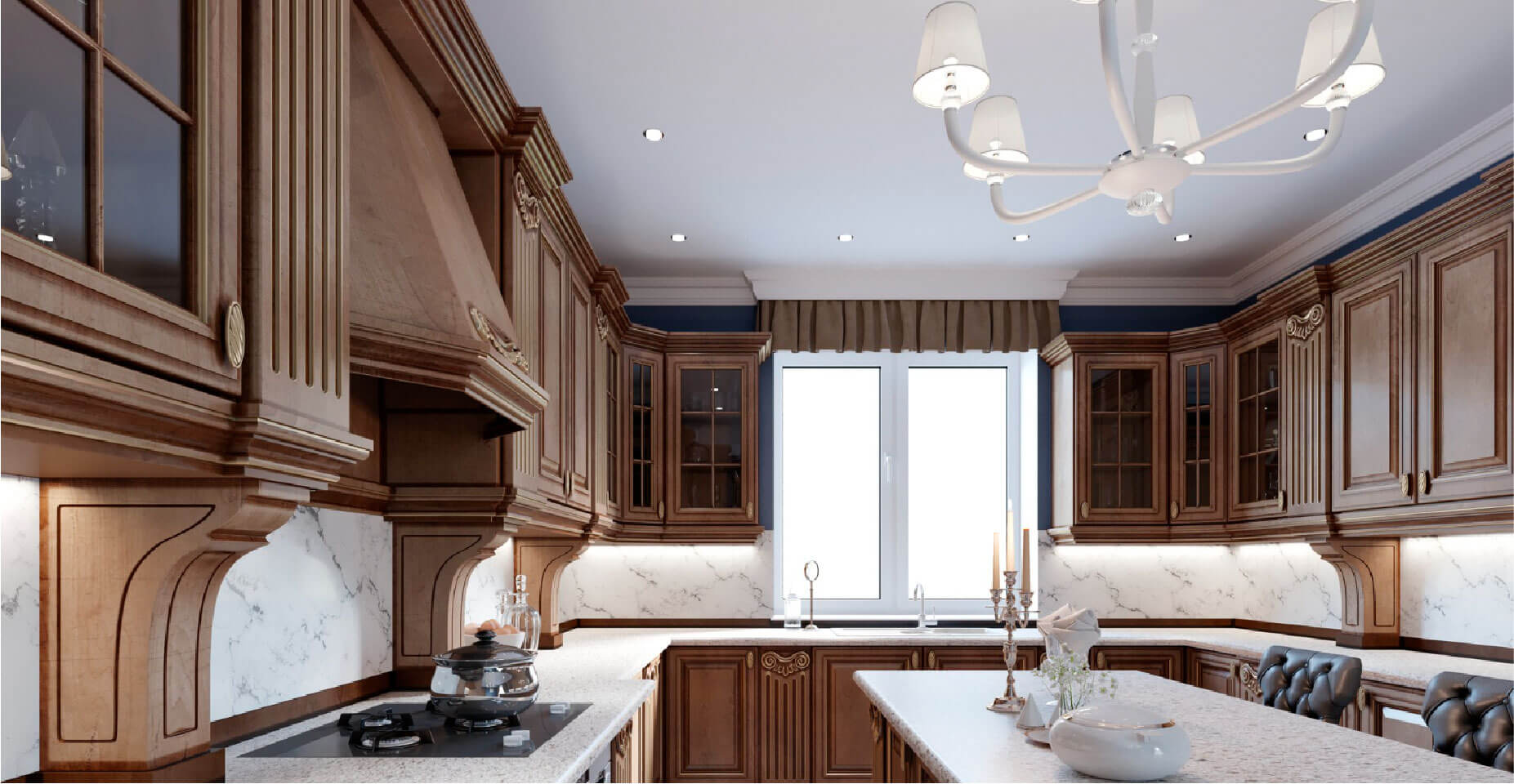
One of the oldest techniques for giving wooden finishes the right shade, but not changing the overall color of the wood too much includes stains. When you would like to show off wood grain with just the right amount of tinting, you’ll need to decide what kind of wood stain will be best for your wooden cabinets.
1. Character Stains
Unlike traditional wood stains, you may have a specific type of wood grain that is best left to being treated with character stains. These stains help bring out wood grain with a light touch of added color that can boost the type of wood you want showing. These stains are more translucent to show more of the grain that isn’t seen so easily.
2. Light Stains
While light stains aren’t always going to include character stains, these are designed to show the grain of your wood more than before. They will all have advantages since this type of stain will readily soak into deeper wood grain that is virtually invisible to spot without it. This enhances the texture of wood and appears with a deeper and richer appearance.
3. Dark Stains
Using a darker stain doesn’t prove to bring out more texture but creates a richer appearance from the wood itself. This also helps to make lighter-colored or less expensive wood look more like expensive varieties that would ultimately cost more. If you’re going for a dramatic look, darker stains will surely give a stark and bold appearance in your kitchen.
Paints
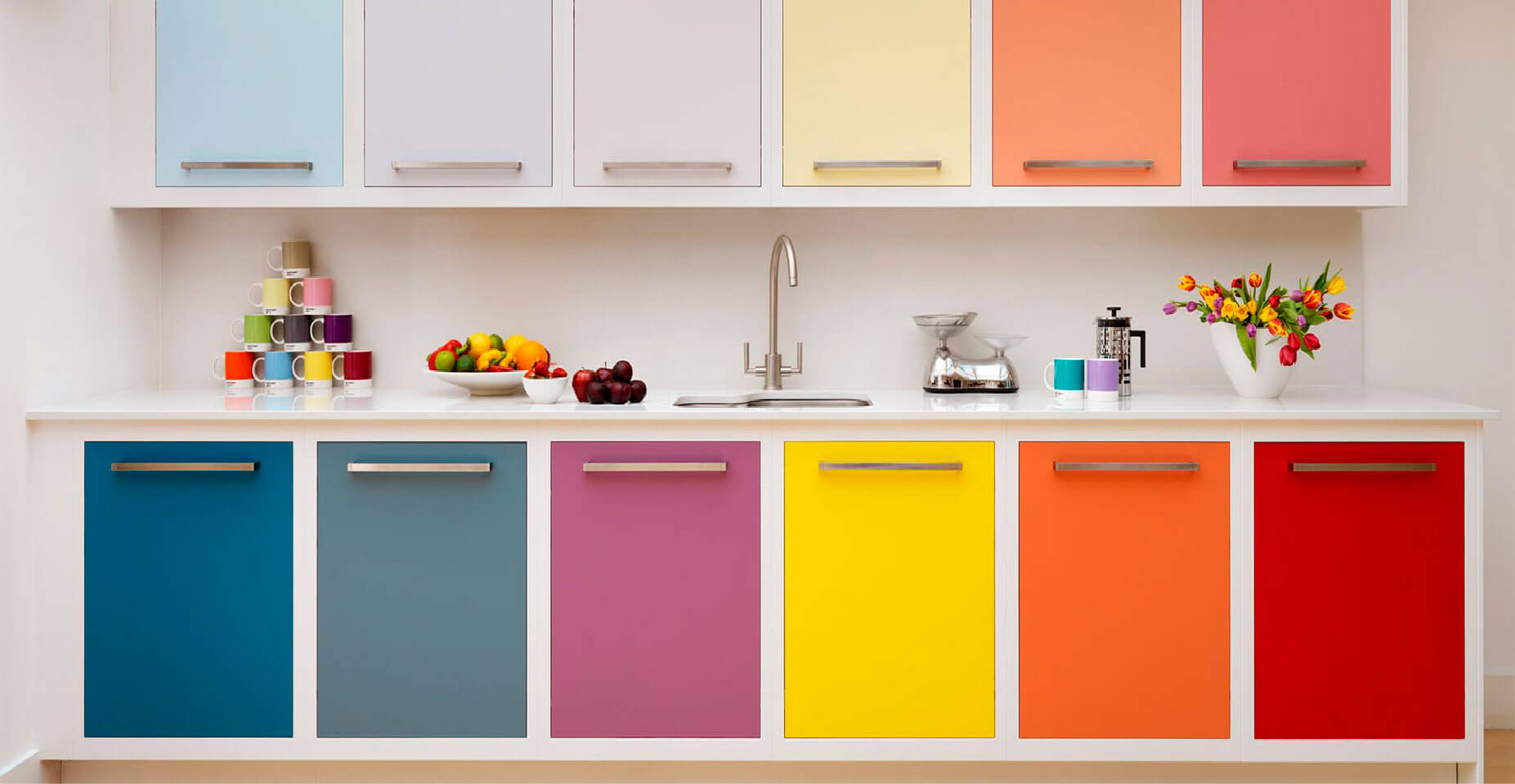
Some people prefer to have painted cabinets to give more color options than simply to have wooden cabinet colors in mind. You may also want paints that are durable to both incoming sunlight that will allow these painted colors to give a different accent and feel to your cabinetry altogether.
1. Opaque Paints
There are a couple of options that give opaque paints very different looks depending on what you want to show. One option is to allow an opaque finish to leave the wood texture behind so that you immediately see the wood grain but nothing else but the desired color on top of the wood. The second option is to have cabinets finished so there is no visible wood grain at all and is sanded smooth to any desired surface you like.
2. UV Finishes
This type of paint is a bit different than traditional paints used for kitchen cabinets. This finish is also cured using UV light. The strength of this finish is more durable and has less of an environmental impact when painting them. Because these cabinet finishes are better for being scratch-resistant, you’ll find your cabinets are better suited as a high-performance finish.
3. Custom Color Blends
Having a good selection of premade colors is fine for some people, but for anyone who is looking for a special color, custom color blends are also possible. If you’ve decided long before to have a special shade to match existing elements in your kitchen, custom colors can be mixed to your exact needs using color-matching sample chips.
Glazes
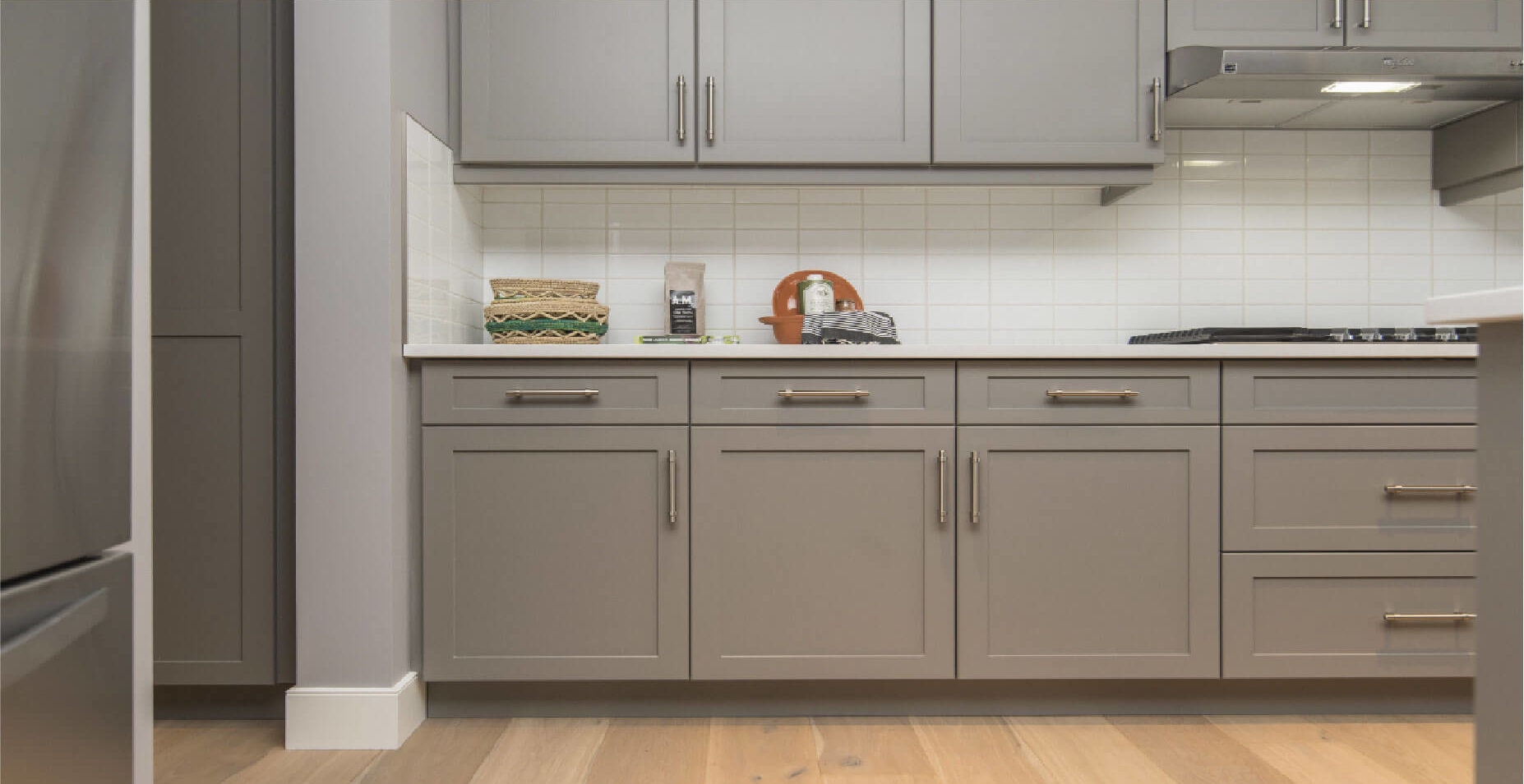
This is a specialized technique where the surface of the wood is coated with a specialized pigment and then wiped away to create different glaze effects. This is a hands-on approach to finishing cabinetry which helps to highlight the borders of cabinet frames and details that would not be so easy to see otherwise.
1. Flooded Glaze
Cabinets that have a glaze over the entire surface are first sprayed with the glazing color and then wiped down to get the desired look. It can take several glazes to bring out detail which results from darker glaze gathering in deeper portions of the cabinet surface. After this has dried it then has a finish applied to seal the glaze permanently.
2. Penned Glaze
Flooded glaze does have an advantage on some surfaces, but this technique needs to bring out the edges of moldings, and the cabinet framework may need additional detailing. This is when the same glaze material is applied with a fine paintbrush just like you see being done on custom-painted cars. This gives more definition to frame detail than flooded glazing can provide since each of these lines is painted by hand.
3. Sheen
The final coating that helps to protect your cabinets is also a bit of an art. Choosing the final sheen of your cabinets directly impacts how your cabinets look when they are done. The levels of sheen include matt finishes, all the way through a high gloss. Everything in between includes special finishes such as satin which is a combination of matt and glossy. How matt or glossy your cabinets appear also can make or break the appearance of kitchen cabinets. It can also be affected by how much light is in your kitchen likewise, so careful consideration is recommended in this category.
Finishing Techniques
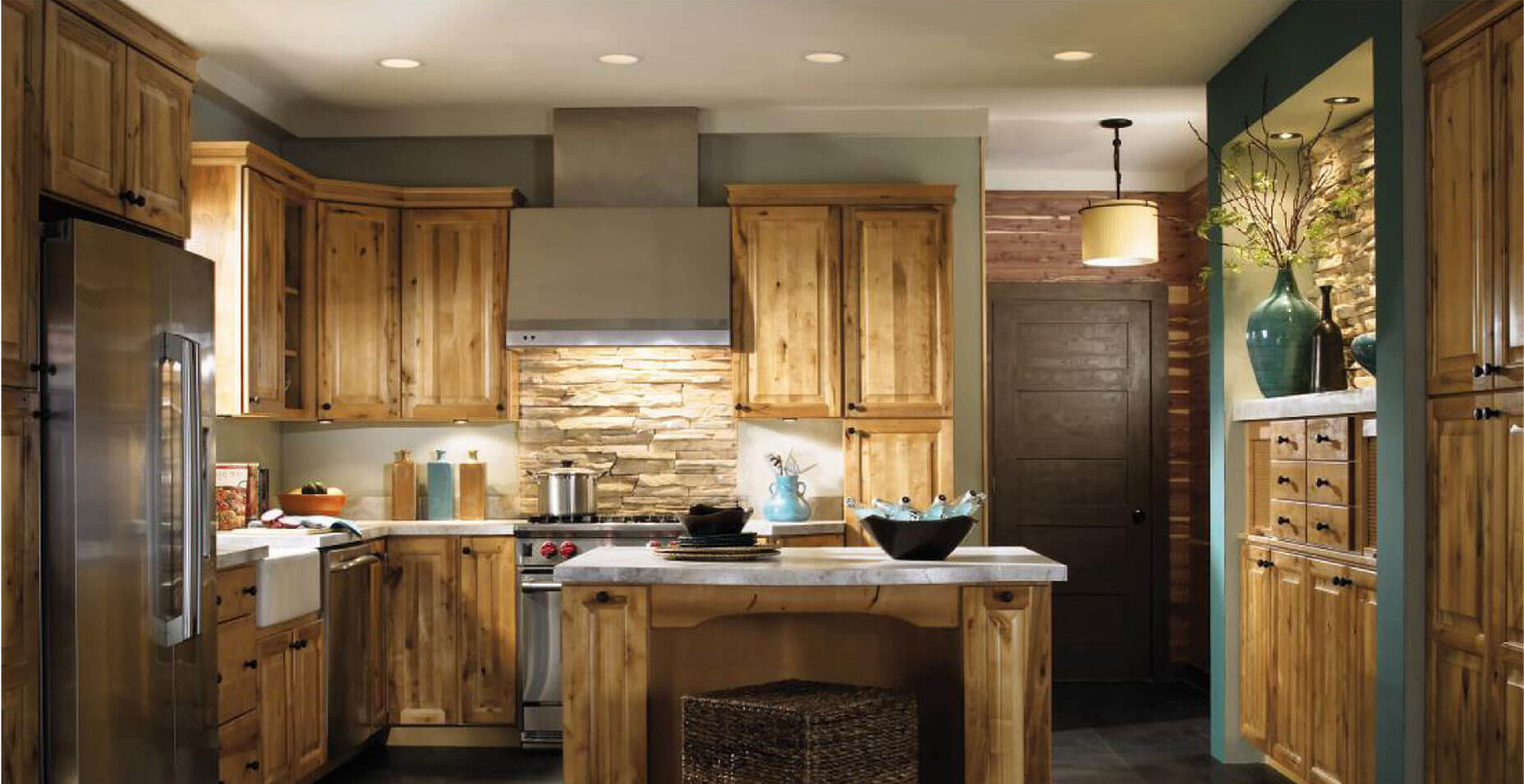
Not everyone likes to have cabinets that look completely brand new. It’s nice to have cabinetry that appears to have been around longer than it appears just for the effect of looking old-fashioned or with a rustic appearance. This is where finishing techniques can add more depth to completely new cabinets.
1. Weathered
If you’ve ever seen old cabinets that have been cleaned over the years, the surface of the wood will have lighter grain with a darker detail just below deeper grains. This creates a look that your cabinets are much older than they really are and can have multiple steps to give them added colors layered within to make them more appealing and worn-looking.
2. Distressed
Distressed wood is where you can see spots that have been rubbed down along the edges to expose the real wood color underneath. It can appear that your cabinets came from an old country kitchen or perhaps from un-restored antique cabinets. There are often some details that are added to show that these cabinets have seen a lot of wear and tear over the years but are completely sealed and protected for years of future usage.
3. Vintage
This technique will apply many steps to create a vintage look using paints, accents, and glazes to make a cabinet surface look completely older looking to give your cabinets a mature character and quality. Depending on the amount of vintage look you want to be applied, combinations of several colors and aging tricks are then built up to get the right look. This technique is a growing trend for kitchens that appear very rustic and old-fashioned looking.
4. Dents And Gouges
It’s an awful thought that you would purposely want your cabinets to look severely weathered but not impossible to recreate. The unintentional scratches and gouges that your cabinets may have experienced are also a very popular look in some kitchen settings and provides a very convincing look to age-down new wooden cabinets even further.
Slab Surfaces
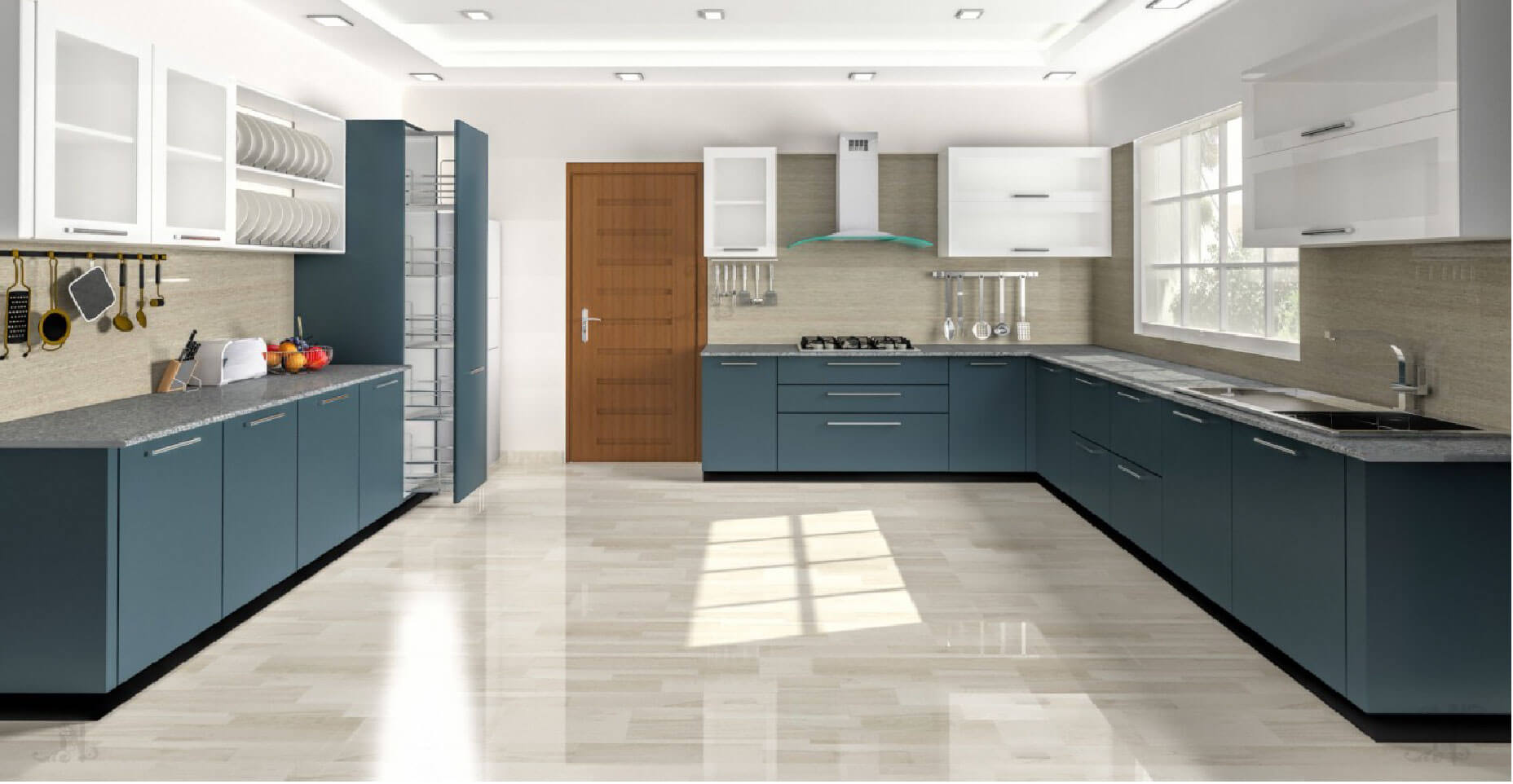
The surface of the cabinet that you choose isn’t always made from wood and has often included veneers that are added to less expensive wooden composites frames. The choices for surfaces also feature quite a variety of textures that range from wood grain to smooth foils and acrylic veneers.
1. Specialty Wood Grains
It’s the dream to have rich and fancy wood in their kitchen that would otherwise be very expensive to be made from solid pieces. This is where the use of veneers and laminates can be added to cabinets that don’t require much surface detail. Although frame moldings will require custom work, a veneer is best used on surfaces that allow it to become glued to any kind of composite wood cabinet shape.
2. Foils
Putting a foil into your kitchen cabinets is a great way to get a durable surface that will last for years. The choice of colors and finishes will give you plenty of decorative detail in your kitchen. It’s also a lot easier to keep these surfaces cleaner no matter how much you use your kitchen. Many foils can also include simulated wood grain that is molded into the foil itself.
3. Acrylic Finishes
Another surfacing material that can be applied over cabinetry includes acrylic coverings. These are much tougher than foils and also come in a variety of textured and smooth surfaces. These veneer options are a good alternative when you want to have further choices of coverings on top of composite cabinets.
4. Melamine Finishes
This is yet another type of surfacing material that is similar to acrylic but has more of a realistic look and feel of wood. The advantage is that it can be kept clean very easily and lasts for years. This isn’t as expensive as wood surfaces will be, making this type of covering a great choice for budgetary decisions. Another advantage is that melamine has a very good range of finishes that you can select from.
Materials

When choosing your kitchen cabinets, the material is a key consideration. Your choice will affect not only the aesthetics but also the durability and life span of your cabinets. Two popular material options are laminate and veneer as well as various types of materials like wood, steel and thermofoil.
Laminate
Laminates are synthetic materials with several layers that are fused together under high pressure. They are popular for their durability, versatility, and cost-effectiveness. Here are four popular types of laminate finishes:
1. High Gloss Laminate
High gloss laminates are known for their shiny and reflective finish. This finish is achieved by applying a high-gloss coating to the laminate surface, making it resistant to stains and easy to clean. They provide a sleek and modern aesthetic, making them an excellent choice for contemporary kitchen designs.
2. Super Matte Laminate
Super matte laminates offer a smooth and non-reflective finish. These laminates undergo a special manufacturing process that gives them a soft feel and an appearance similar to natural wood. They are also designed to be scratch and fingerprint-resistant, making them a practical and stylish choice for your cabinets.
3. Soft-Touch Laminate
As the name suggests, soft-touch laminates have a unique soft and tactile surface. Their matte finish, combined with a scratch and fingerprint-resistance, make them a desirable option. The feel of these laminates is remarkably pleasant, adding an unexpected sensory dimension to your kitchen cabinets.
4. Textured Laminate
Textured laminates are designed to replicate the look and feel of natural materials like wood. The surface detailing is incredibly realistic, allowing you to enjoy the aesthetics of natural wood without the associated cost and maintenance. These laminates enrich the overall visual and tactile experience, bringing an element of nature into your kitchen.
Veneer Doors
Veneer is not a finish per se, instead, it’s an addition to the surface of the cabinet — it typically consists of a thin layer of wood or other material — you’ll see it mostly as a decorative feature. Veneers are typically applied over less expensive materials to give cabinets a more high-end look. There’s endless options and styles, as they can be made from a variety of wood types, each with its unique grain and color. Further finishing processes, such as staining or varnishing, can be applied to veneers to enhance their durability and aesthetics. Here’s a few different types of veneer styles you can consider for your cabinet doors.
1. Flat Cut Veneer
Flat cut veneer is one of the most common types of veneers used in cabinetry. It offers a distinctive cathedral pattern, making it a popular choice for those seeking a traditional look. The veneer is cut parallel to the tree’s growth rings, resulting in a varied grain pattern.
2. Quarter Cut Veneer
The quarter cut veneer is another popular choice known for its linear appearance. In this method, the log is cut into quarters before slicing, producing a straight, uniform grain pattern. This style is often preferred for contemporary designs due to its clean and consistent look.
3. Rotary Cut Veneer
Rotary cut veneer is produced by rotating the log against a knife, creating a continuous roll of veneer. This cut yields a bold, variegated grain pattern, which can be quite dramatic and unique. However, it’s less predictable and may not be the best choice if you’re looking for a consistent appearance.
4. Rift Cut Veneer
Rift cut veneer is a technique used primarily with oak to minimize the wild grain patterns associated with this wood species. The log is cut at a slight angle from the radial to the circumference, resulting in a unique, straight, and tight grain pattern with fewer cathedrals.
Remember, the choice of veneer will significantly impact the overall look and feel of your cabinets, so it’s worth investing time in understanding your options and choosing the one that best suits your taste and the overall design of your kitchen.
Finishes for Kitchen Cabinets
What are the different finishes available for kitchen cabinets?
The most common finishes for kitchen cabinets include:
- Painted
- Stained
- Glazed
- Distressed
- Lacquered
- Veneered
- Laminate
Which finish is most durable?
Lacquered and veneered finishes tend to be the most durable, as they provide a hard and protective surface that can withstand daily use and cleaning. They are also the easiest to restore and as they age actually often times look better than when they were new.
What is the difference between a painted and a stained finish?
Stained finishes bring out the natural beauty in wood. They’re best with solid hardwoods and as far as I am concerned, the best and most beautiful way to finish kitchen cabinets. They are also easy to maintain and can be re-done at any time. Depending on the type of stain you use, you can get high gloss or matte style finished all in one go.
Painted finishes cover the wood entirely. Paint is best with really ugly or cheap woods where you simply don’t wan to see their grain. Or when you just want a splash of color in your kitchen.
Can I mix and match different finishes for my kitchen cabinets?
That depends on what you want to do. Painting straight over a painted cabinet will result in peeling and will need to be stripped and refinished. Staining over a painted cabinet won’t do anything other than
What is a glazed finish?
A glazed finish is similar to adding a plate of colored glass to something. The semi-colored glaze is “painted” onto surfaces that have already been painted or stained giving it a translucent shine. The added layer creates depth to the color and highlights effects like molding or raised panels.
What is a distressed finish?
This finish makes new cabinets look vintage or old. sanding, scuffing, and using hand tools to create imperfections in the finish make for a completely unique to you finish that can’t be replicated in any other way. Distressing cabinets is a great way to match new cabinetry to an older home’s décor.
What is the difference between a laminate and a veneered finish?
Veneer is actually real wood that has been cut very thinly so that it can be used as a surface material for less desirable materials. For example, you can veneer a piece of plywood to make it look like a solid piece of cherry wood. The cherry wood acts just like a thicker piece and can be stained to bring out its natural beauty.
Laminate finishes on the other hand are a “fake” way of finishing wood. They are usually made of PVC materials and also cover cheaper material choices to make them look better. This means what you see is what you get as these types of finishes can not be treated as their colors are premixed before being extruded.

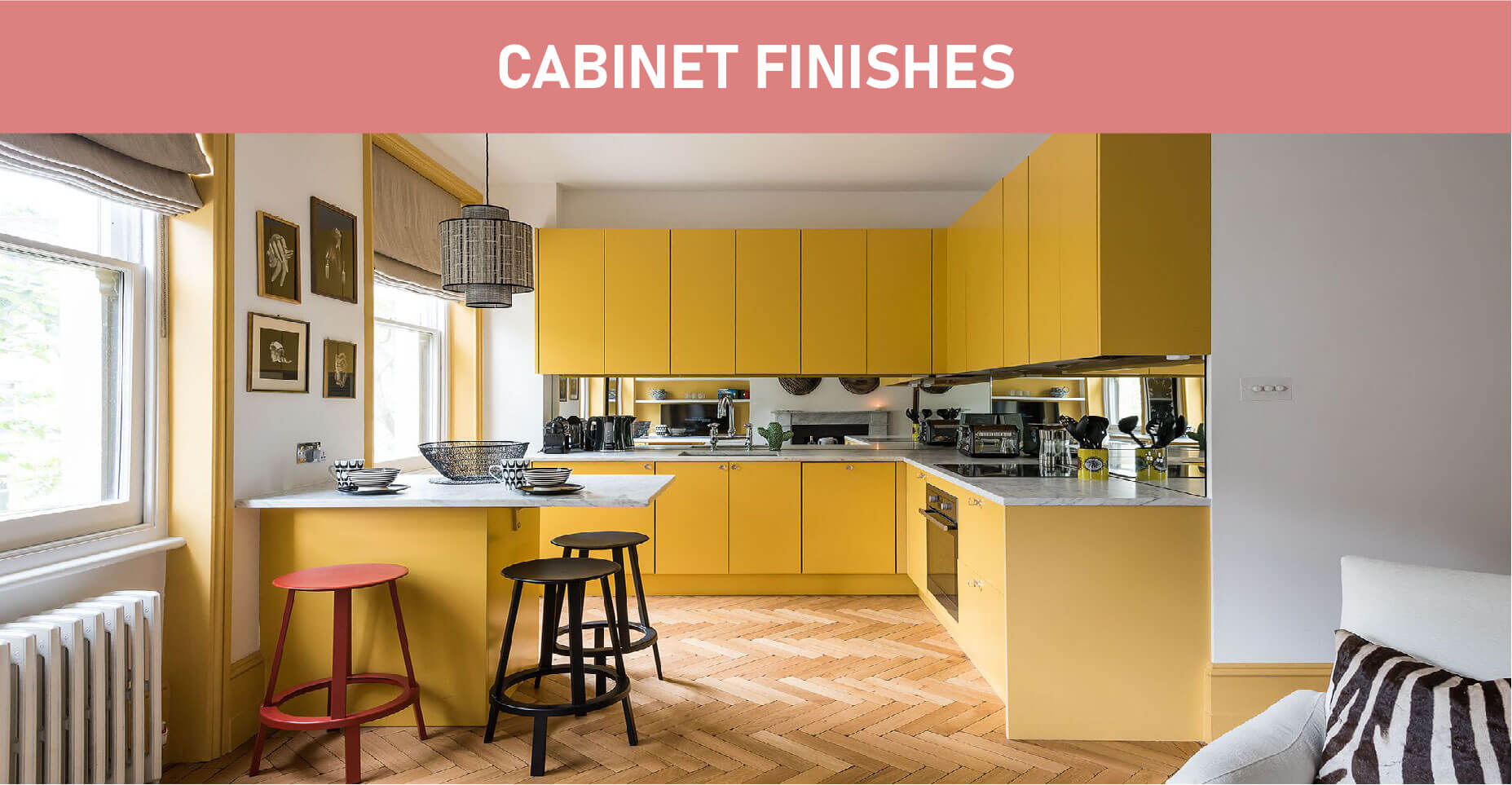
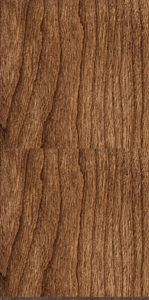
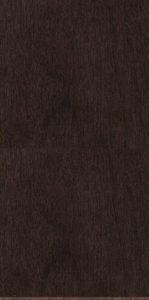
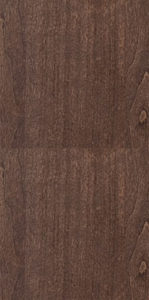
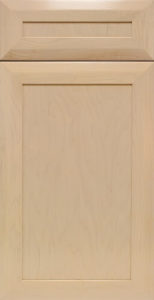
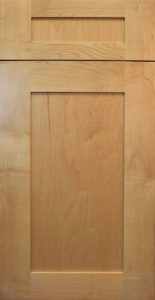
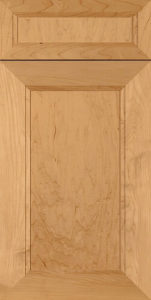
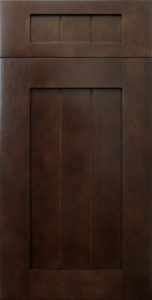
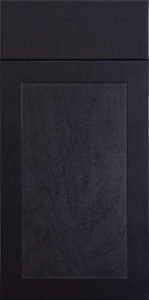
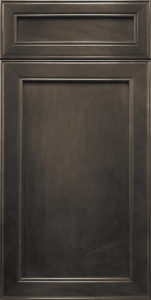
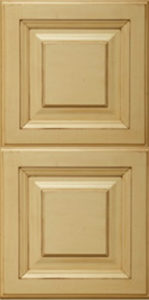
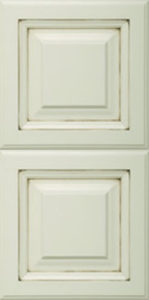
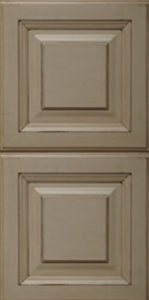
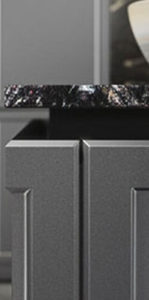
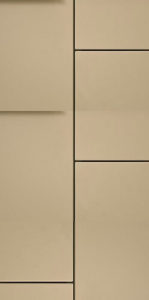
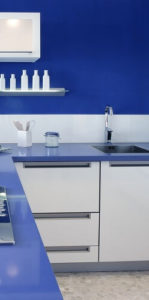
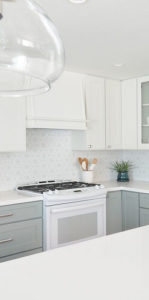
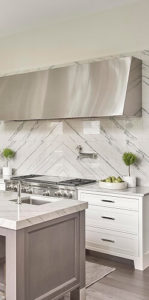
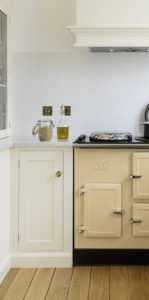
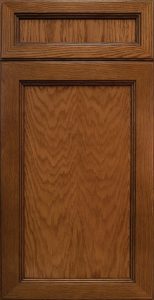
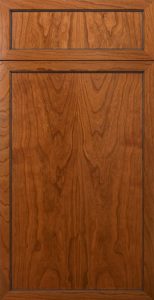
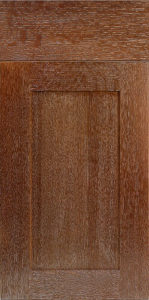
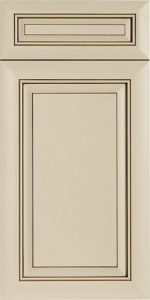
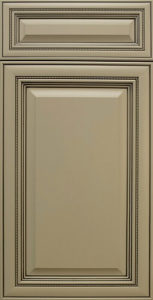
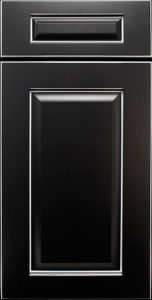
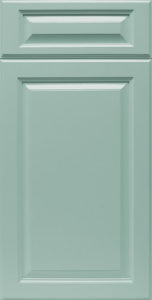
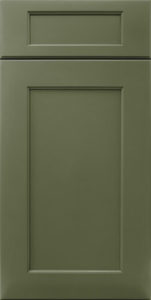
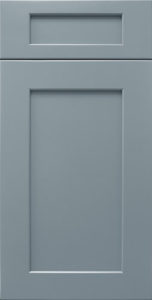
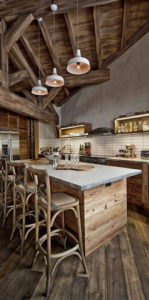
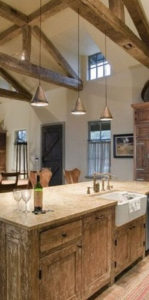
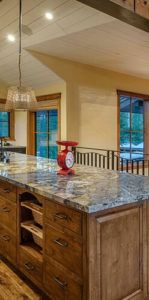
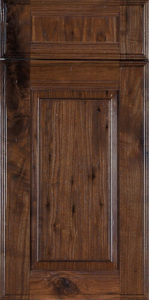
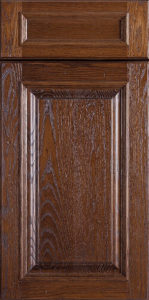
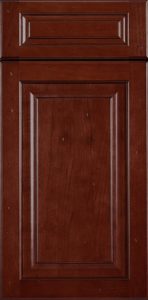
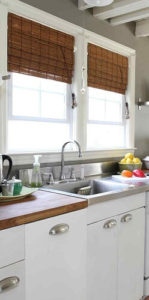
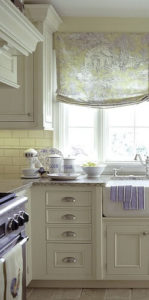
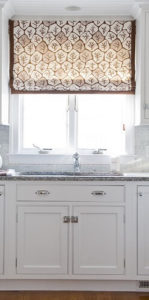
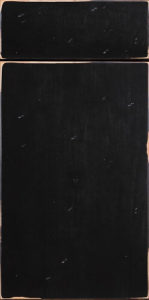
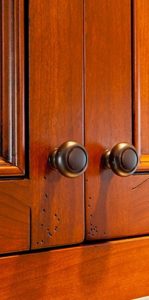
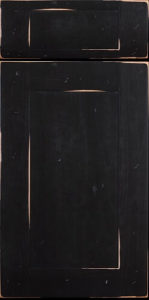
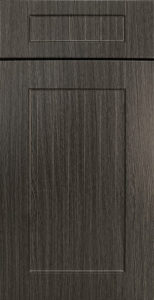
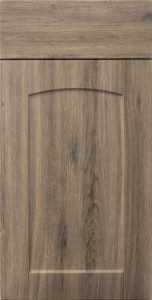
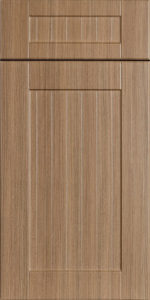
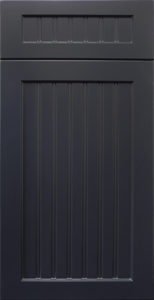
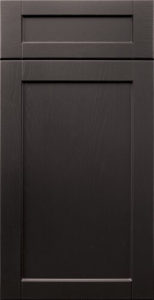
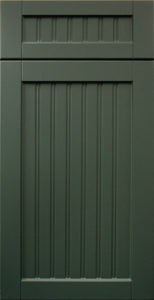
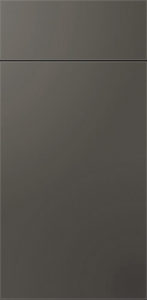
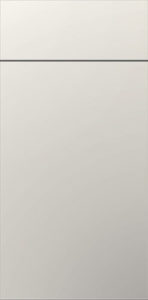

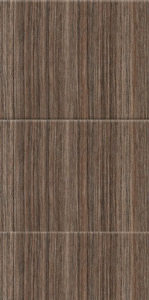
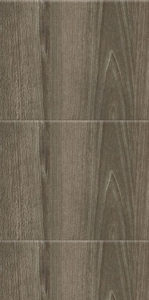
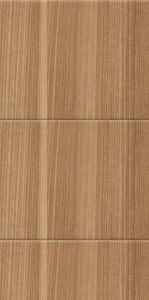
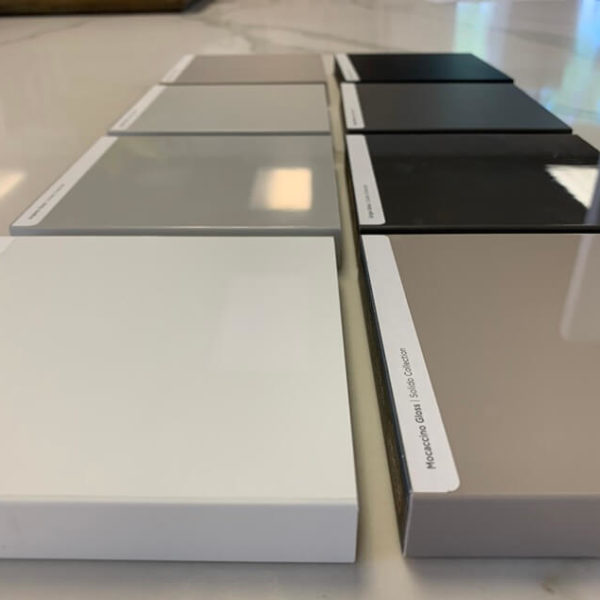
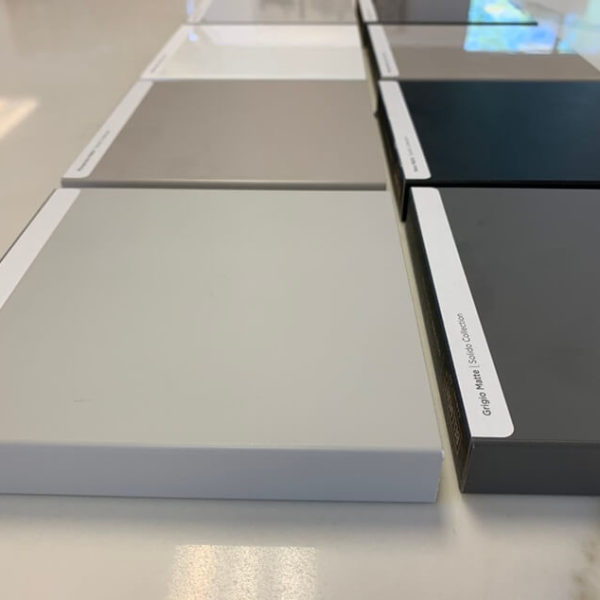
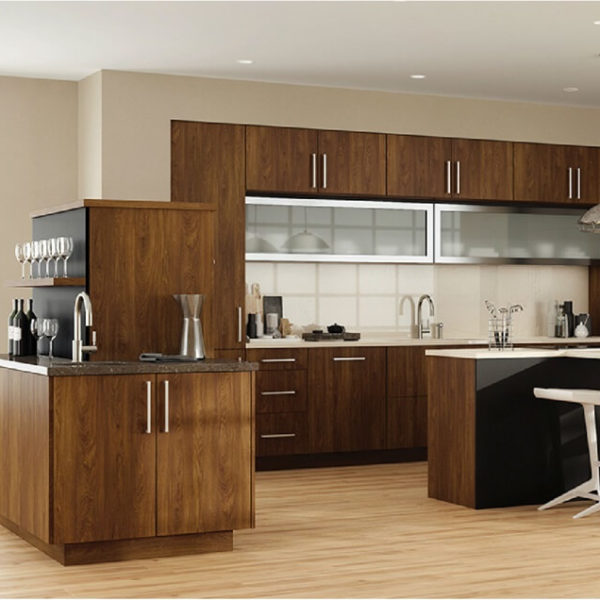
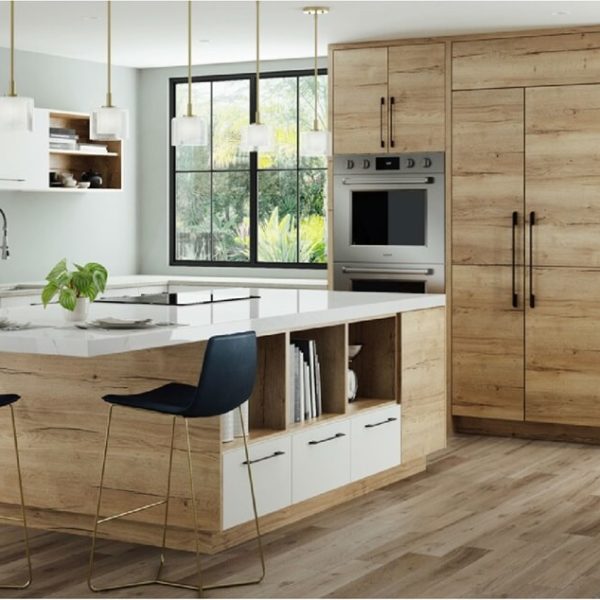
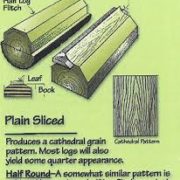
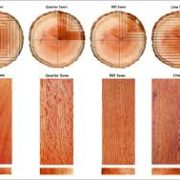
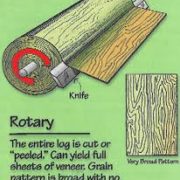
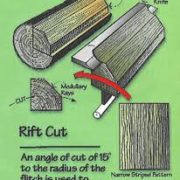
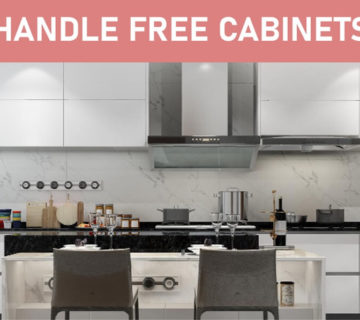
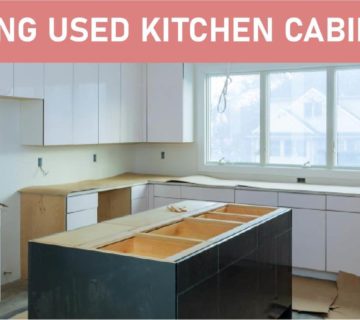
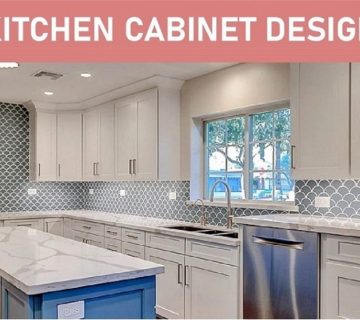
No comment